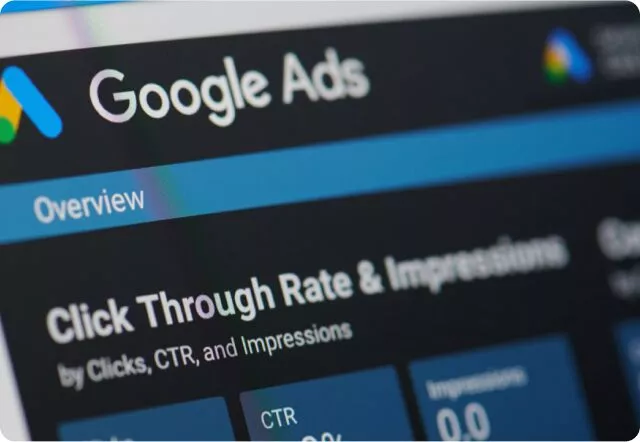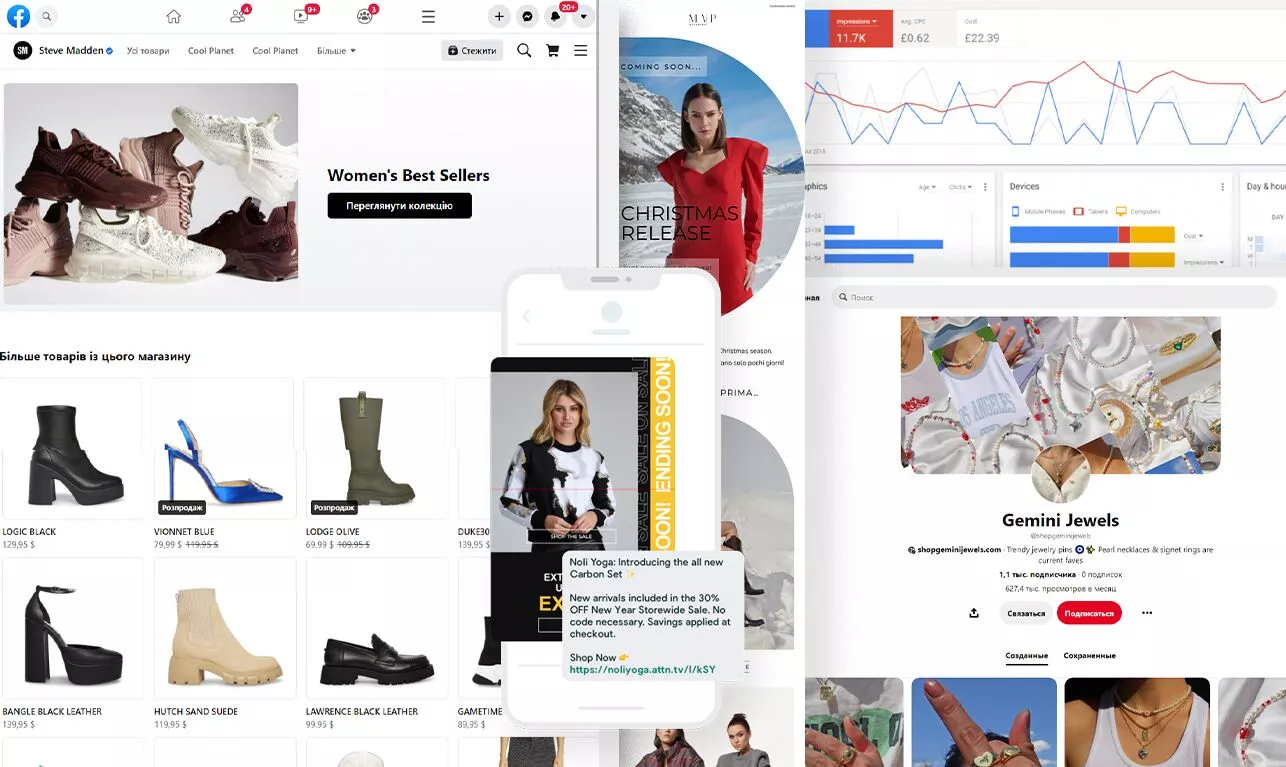Can We Expand Google Shopping?
Is your brand’s product visually appealing? Do you have a competitive advantage that would entice users to click on your product (e.g., price, professional photography, etc.)?
These factors determine whether Google Shopping –the top Google eCommerce platform — will become your main focus in your Google Adwords campaigns. Google Shopping is almost always the most profitable Google channel for e-commerce businesses.
Initially, we’ll dive into the search terms to understand what potential customers are actually looking for within search results. Then we look thoroughly through each product’s titles and descriptions to make sure the most searched keywords are included in the titles and descriptions.
While this is time-consuming and requires tremendous experience and precision, it’s the vital jumping-off point for everything moving forward. Once we’ve completed this review, we’re ready to optimize the shopping feeds, including product titles, descriptions, etc. In addition, we’ll build out a new campaign structure that ensures we’ll show up for the correct terms AND remove any waste.
The unique nature of Google Shopping, which doesn’t give the ability to bid on exact keywords, makes it very different from Google Search. This is also an area where Evestar’s unique approach becomes increasingly valuable. Everything from data feed optimization campaign architecture and a close connection with SEO is critical to the long-term success of Google Shopping campaigns.
Is YouTube the Right Platform for you?
For businesses with solid video creativity, YouTube can be a great channel to drive cost-effective traffic. One of the most powerful targeting tools is the ability to place video ads on prominent channels or by interest groups (or both).
We often see very cost-effective reach from YouTube towards a high-relevance audience.
YouTube has many unique targeting capabilities, making it a logical partner for Facebook Advertising. While Facebook’s algorithm is extremely powerful in identifying target audiences, YouTube uses tools such as previous search history to expand its reach to our target audiences.







